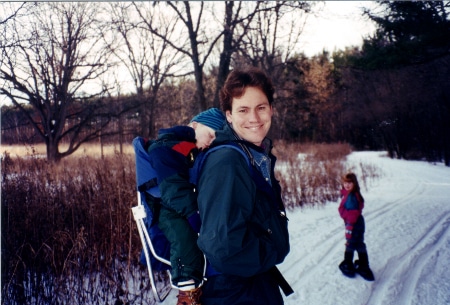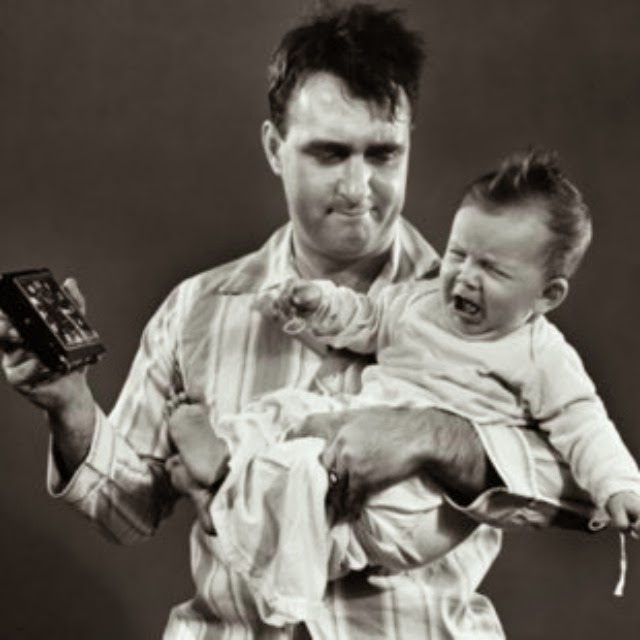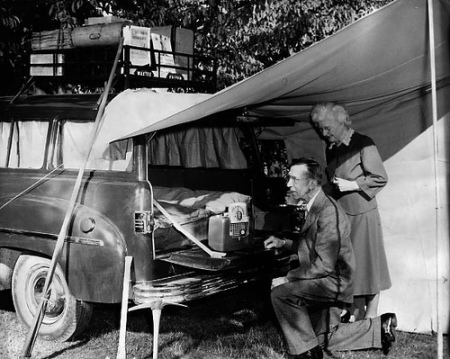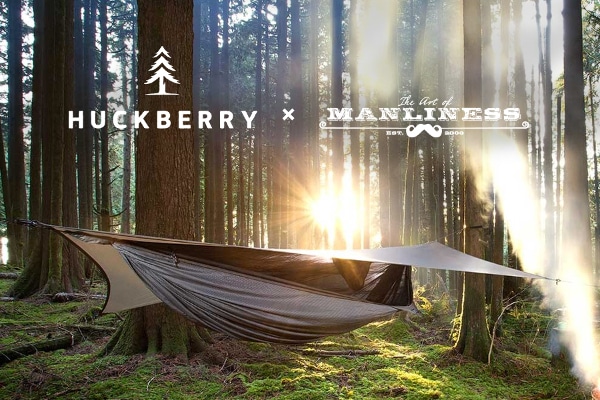
The very idea of camping with infants causes the shivers in some parents, mostly those who have been taught that babies are fragile creatures who are not adaptable to any environment except a sterilized one. The truth is that babies are remarkably hardy little souls, and with the proper attention to managing risk, you can take your kids just about anywhere, provided (and this is important) you have the right stuff: the food, the clothing, the shelter, and the brain to tie it all together.
Food
If your wife is breastfeeding, feeding a baby is fairly easy. Breastfeeding is the ultimate in convenient packaging, and you don’t have to carry anything. No sterilizing bottles, filtering water, mixing formula, etc. That said, if your baby is bottle-fed, not to worry. Just be very scrupulous about treating and filtering water, including that for washing little hands and faces. Waterborne pathogens are a worry, as one of the biggest problems with a sick baby is dehydration, and that’s a symptom of most of the bugs you find in the wilderness. Giardia is the most common (at least in my area of the country) and causes intestinal distress. You don’t want that.
Otherwise, my kids ate what we ate, just mashed up a little, and sometimes a little cereal if they were at the stage of eating the wallpaper-paste mix with the smiling baby on the box. A little food mill will grind things finer if needed, but generally a fork mashes just fine. Clean up with wipes and filtered water.
Outside of water, don’t worry too much. A little dirt on the pacifier is actually good for them. Let ’em eat a little dirt. You did, and you’re still alive to read this. Sure, you’ll rinse it off, but don’t stop and boil water. Use clean water you already filtered.
Clothing
Up to 20% of your heat is transferred from your head. Since babies have a larger head to body ratio, they lose heat even faster in cold weather. Headwear is important for babies. Hoods are fine in addition to a beanie but they are no substitute as hoods do not fit close to the skin. Keep those little fingers and toes covered. They will get cold a lot faster than ours. Dress them in layers, as you want to be able to adjust their clothing. Remember that they’re not moving, so they’re not generating heat.
If it’s warm, babies need protection from overheating. Loose fitting clothing that covers the body and some sort of shade is critical. Keep them hydrated, and offer electrolytes if the weather becomes very hot and dry. Pedialyte is great stuff to have along, and it has a subtle flavor that encourages even more drinking.
Babies can’t tell you when they’re too hot or too cold, so you have to watch them. They tell you when they’re uncomfortable, so listen.
A lot of baby stuff is cotton, and cotton is often the last thing you want against a baby’s skin. They lose heat quickly, and cotton holds its moisture and transfers heat away from the body ten to twenty times faster than bare wet skin. Even in the summer, a wet onesie can chill a baby even when the temperature is 80 degrees. Look for synthetics, or better yet, merino wool. It has the added advantage of drying quickly, and it won’t get stinky like synthetics do. If you have CDF (Catastrophic Diaper Failure), you get some water, wash things out, hang them over a spruce branch to dry, and dispose of the water as far from the water source as you can. With cotton–expect it to take hours to dry at full sun. With merino, you can wring it out and it’ll be dry before you know it.
The Reality of Poop
As the book says, Everyone Poops. If you’re backpacking, you’re going to introduce a lot of extra weight and hassle packing out disposable diapers. You’ll need a diaper bag, and I don’t mean the standard sort. You’ll need a dry bag, waterproof and easy to seal. Don’t worry about keeping water out–worry about keeping human waste in. River rafters are familiar with these sorts of things, as you always have to pack out all your waste regardless of age. This is one reason I like canoeing with babies. The diaper bag can be 30 liters and no one cares.
When your trip is over, dispose of your diapers the way you would at home. Dump the chunky stuff in the toilet, wrap up the rest, and pitch it. Some folks (mostly river rat dirtbags like me) find the closest dumpster and empty the boom box or groover or any of a number of euphemisms. Better to find a sanitary dump (like where RVs clean out their mega-groovers).
Cloth diapers are environmental and all that, which is great, but the reality is that on a trip like this, you don’t want to spend all your time washing and drying and dealing with the waste water from laundering cloth diapers.
Keeping Them Occupied
An infant is happy in the bottom of a canoe in their little infant PFD. The rocking motion is soothing for a lot of them, and ours usually fell asleep quickly. For toddlers, an old car seat isn’t a bad thing to use…just don’t strap them in. I used a leash connecting my babies to my wrist, so if we dumped I could reel them in. It never happened, but I was prepared anyway.
In camp, a canoe is a natural playpen. If you’re hiking, a large tarp staked out (not just laid out) provides a clean place for everyone to manage baby duties. It’s actually a lot easier to camp with babies before they’re mobile.
Bringing a couple of teething toys is fine if they’re teething, but keep them clean and in a ziplock when they’re not gnawing on them. Again, common sense.
Have you ever taken your baby camping? Share your tips with us in the comments!






